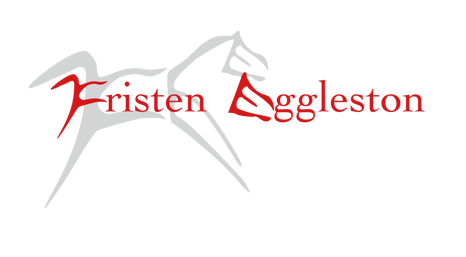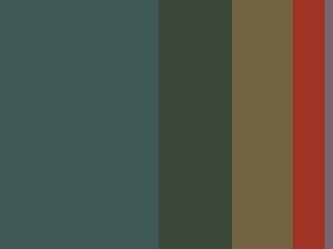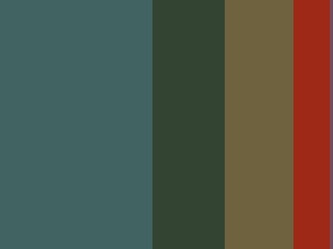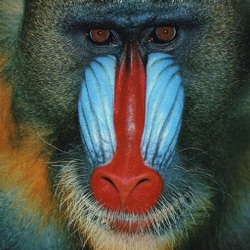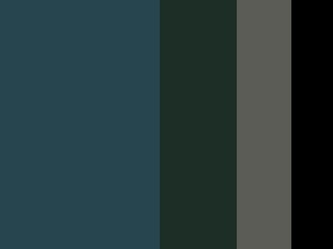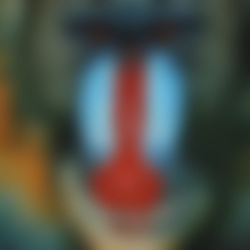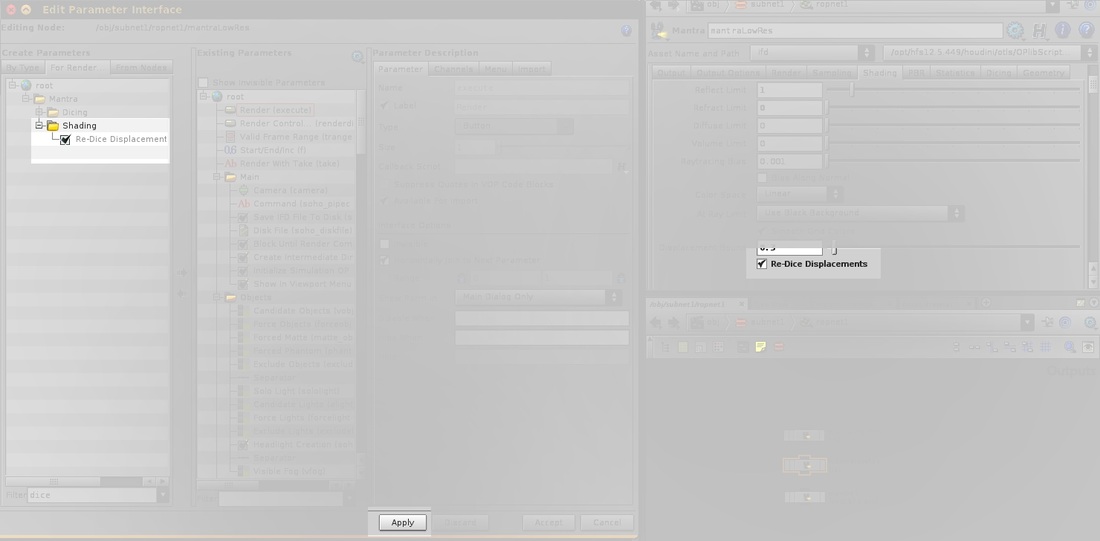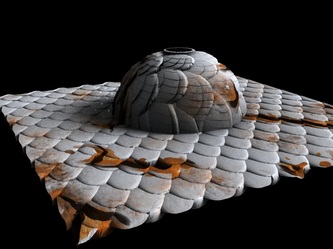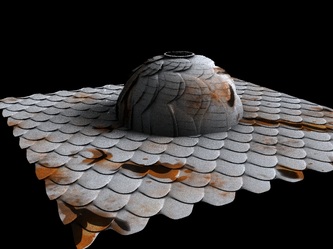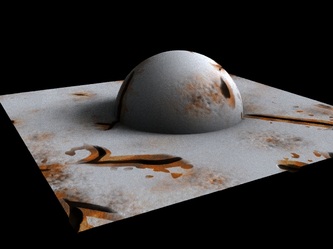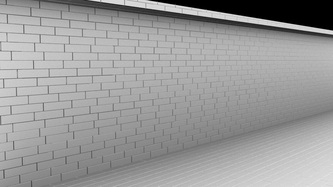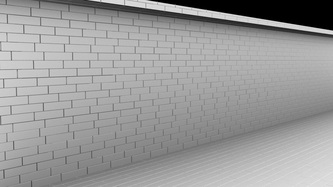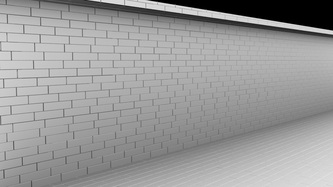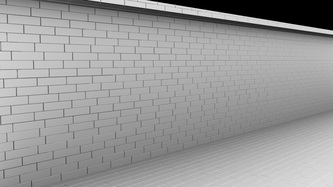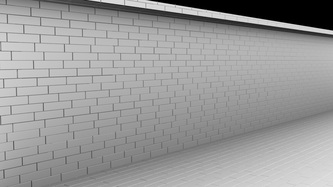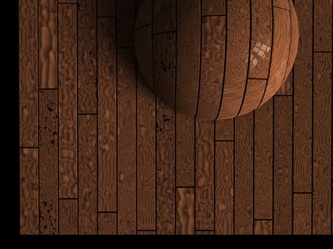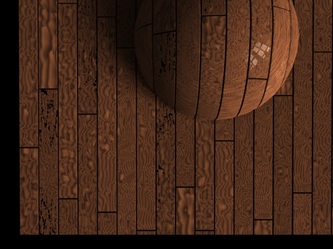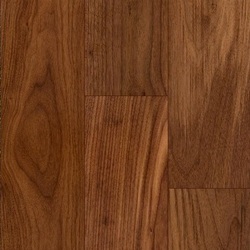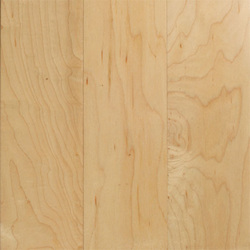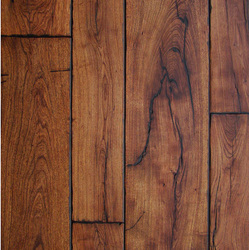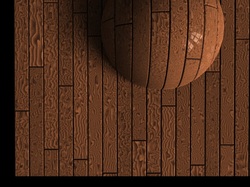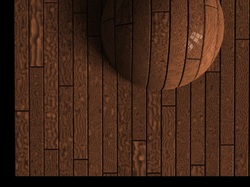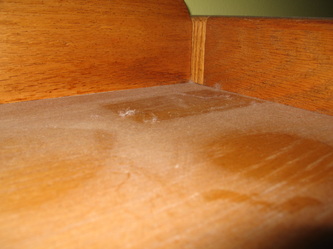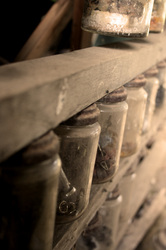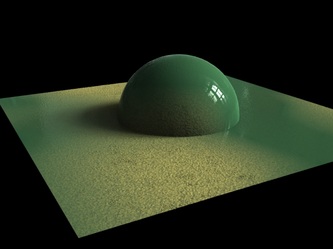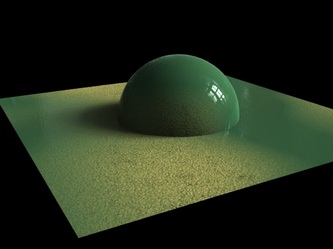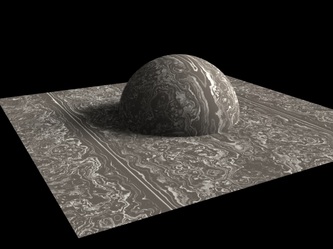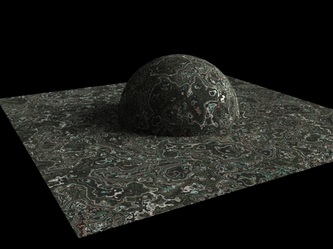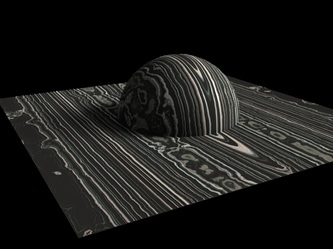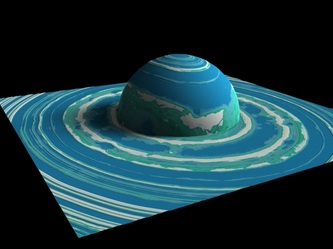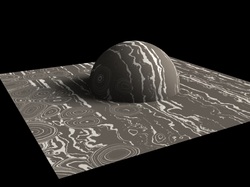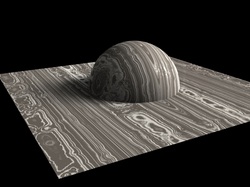New pieces have been added to the algorithm! Based on above math!
This has given rise to above two images. The left was generated from the blurry monkey image, the right from the sharp one. Surprisingly, the sharp image gave more saturated colors which I suppose makes sense considering that a blurred image generally tones down the colors due to the blurring.
- Based off of HSV rather than RGB
- Averages colors that are similar together rather than taking first one
- Average colors give higher weight to more saturated and higher value pixels
- Combines like panels together so that there aren't 5 close green stripes together; user can iterate how many times this happens/if it happens
This has given rise to above two images. The left was generated from the blurry monkey image, the right from the sharp one. Surprisingly, the sharp image gave more saturated colors which I suppose makes sense considering that a blurred image generally tones down the colors due to the blurring.
